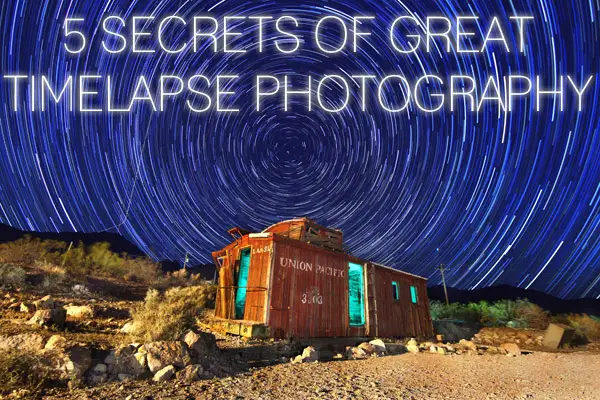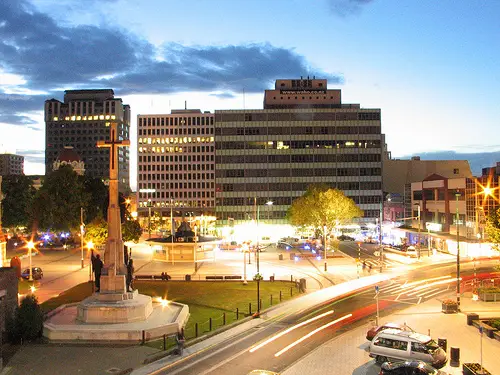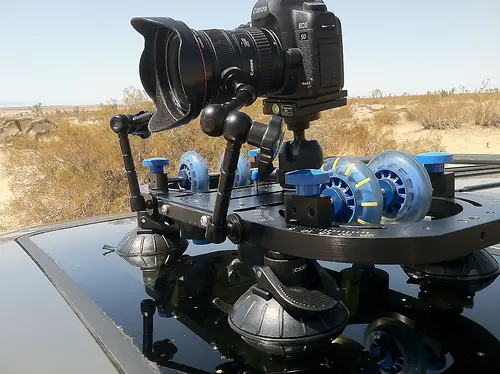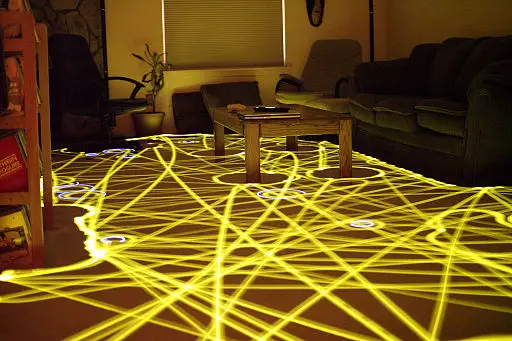Great timelapse photography is part art, part science, and a dash of high tech filmmaking. While the mechanics of shooting timelapse are relatively straightforward, learning the art may be a slower process.

Many of the technical decisions of a timelapse will be dictated by balancing an array of variables such as the subject, location, the length of time of the event, lighting conditions and the limitations of your camera equipment.
The equipment you’ll need is pretty basic.
- A good camera like a DSLR or mirrorless camera that accepts an external timer.
- A lens with fairly wide field of view but not one so wide it has a fisheye look to it. Something in the range of 35mm to 50mm or a zoom that falls within that range.
- A sturdy tripod
- An external frame timer/camera trigger that can be had for $35 to $65 US.
Below are five areas of focus for giving yourself the best chance of producing a magnificent timelapse.
Understand Video Basics
A little background in video is a useful introduction to timelapse. As it was in the days of movies shot on film, each second of video is composed of 24 individual full frames, sometimes called 24p. The “p” stands for “progressive” which is a full, stand-alone frame of video that is, in essence, a complete photograph. That complete frame separates progressive video from video that combines parts of one frame with parts of the next frame, a process called “interlacing”.
The way timelapse works is that individual frames of video are shot as pictures over a long period of time, then played back at a faster frame rate.
Choose The Right Scene
Unless you’re right on the spot to change storage cards or batteries, you’re going to be limited to a scene that’s shorter than 6 hours by a number of technical factors. Two to four hours is about all the patience most people will have for sitting around listening to a camera take pictures every few seconds anyway.
The best scenes are going to have smooth motion that develops slowly. Clouds, tides, sunrise, and sunsets are all good examples. Sailboats, and other slow moving craft, are going to make better subjects for a timelapse than fast moving subjects like cars. Unless you’re shooting a high frame rate, cars tend to appear and disappear rather than tracking through the shot. If cars are the subject of your time lapse, you will have to greatly reduce the time delay between shots, or shoot at night when you can use slower shutter speeds to create light trails.
David Newcomb and his twin brother, Dan, shot this highly rated timelapse on YouTube:
Just like in real estate, the Newcomb brothers say location is key. “One of the most critical elements for shooting time lapses (or anything else) is location, location, location. Find an interesting location or subject with movement and or change that will occur during filming,” says David.
“By speeding up time we can see movements that are impossible to perceive in real-time, like clouds forming, shadows moving and even plants growing. When choosing your subject always think about movement.”

Understand The Math of Time
Time compression involves math and that tends to make people uncomfortable, so we’ll make this as simple as possible. Let’s say the event you want to compress lasts two hours, or 120 minutes, or 7,200 seconds.
A reasonable final video length will be 45 seconds. First calculate the number of frames:
45 seconds x 24 frames per second = 1,080 frames
So we need a 1,080 frames over a time span of 7,200 seconds for an interval of roughly 7 seconds between frames. A slow moving subject on a 7 second interval is going to produce wonderfully liquid motion.
Turn Off Auto Everything
It’s better to shoot a timelapse in manual mode when possible, otherwise exposure is going to be jumping around all over the place and that will yield poor results. If a slow moving foreground object appears and autofocus locks onto it, that could throw off the look of those frames.
Timelapse is one time you’ll want to turn off automatic features and, not surprisingly, most DSLR video shooters also turn off automatic features.
Stitching Your Photos Together
There are several products that can import a sequence of images and output video. Photoshop has that capability, as do most video editing systems like Sony Vegas Pro and Adobe Premiere.
Adobe After Effects has the ability to make a video from a series of images along with a feature called Frame Blending and Pixel Motion that will yield very good results.
Once you have your video stitched together, then run any color corrections or filters on the entire video sequence. That will help prevent artifacts from frames being processed differently.
Timelapse can be frustrating, so don’t get discouraged if the first few are less than ideal. Keep tweaking your frame rates and techniques and remember that learning a new skill is half the fun in photography.

In most timelapse setups the camera is stationary but Dan Eckert demonstrates that sometimes the camera can move through a timelapse scene. – via Flickr.

This light trail timelapse was made by attaching a light to a Roomba robot vacuum cleaner – By Chris Bartle via Wikimedia Commons









The car thing takes a lot of practice. I misunderstood what you were saying at first because of the order of way the photos are placed on the page.
I’ve done time-lapse from the hood of a moving vehicle and experimented with “startrails” post-processing; and done some advanced movement stuff via the Dynamic Perception Stage Zero and telescope mounts controlled by the MX2.
To see my work, go to http://danieldragonfilms.com
The Roomba light idea is PHENOMENAL!! Great one there, I have one too and I think I know what my next shot attempt will be 😉 Lets see if I can get some new ideas for that…